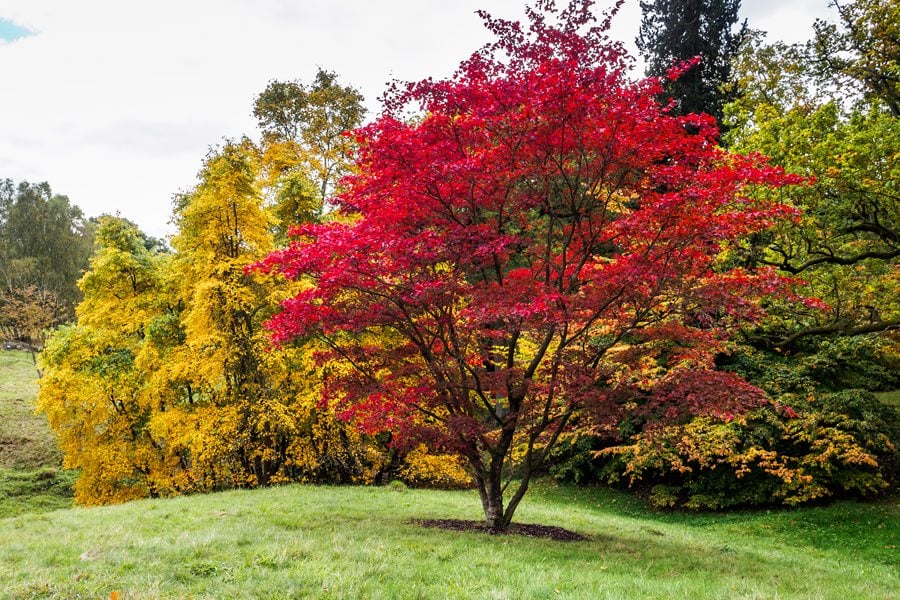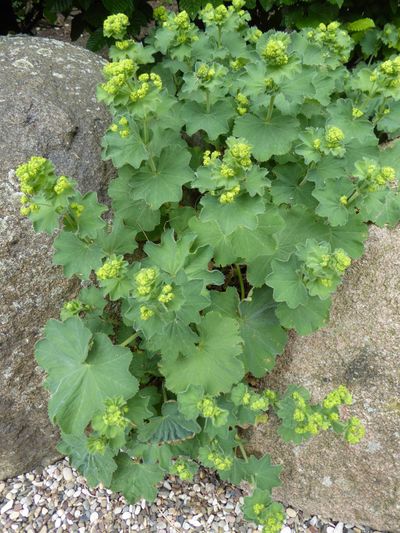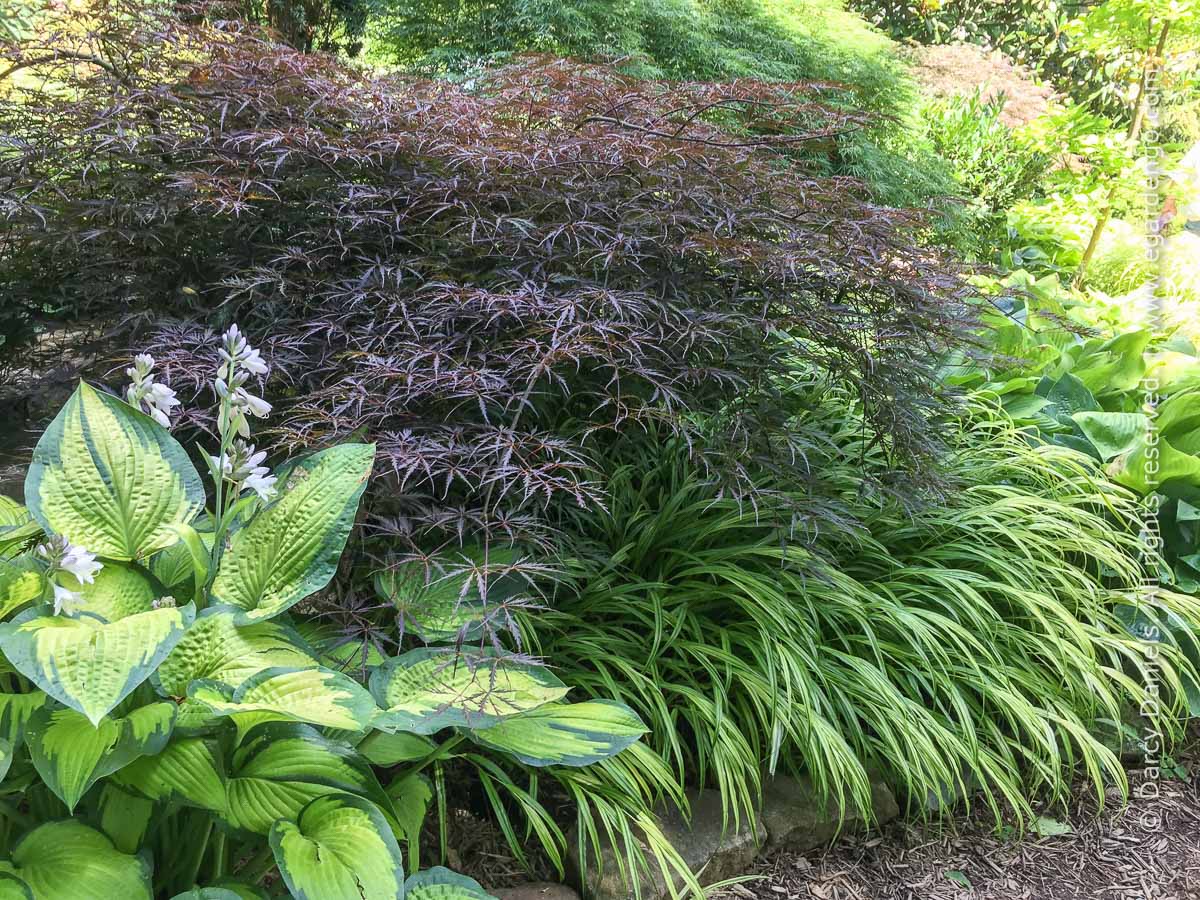Stunning Japanese Forest Grass Companion Plants
Japanese forest grass (Hakonechloa macra) is a beautiful and versatile plant that can add a touch of elegance to any garden. It is known for its cascading, arching leaves that come in a variety of colors, including green, yellow, and gold. Japanese forest grass is a shade-loving plant, so it is perfect for gardens that receive partial or full shade. It is also relatively easy to care for, making it a good choice for even beginner gardeners.
One of the best things about Japanese forest grass is that it looks stunning when paired with other plants. There are many different companion plants that can be used to create a beautiful and harmonious gardenscape. Here are a few of our favorites:
- Lilyturf grass: Lilyturf grass is another shade-loving plant that has similar growth habits to Japanese forest grass. It has long, narrow leaves that come in a variety of colors, including green, yellow, and white. Lilyturf grass is a low-maintenance plant that is drought-tolerant and deer-resistant.
- Coral bells: Coral bells are colorful perennials that bloom in the spring and summer. They come in a variety of colors, including red, pink, purple, and white. Coral bells prefer partial shade and moist soil. They are relatively easy to care for and make a great addition to any garden.
- Japanese maple tree: Japanese maple trees are deciduous trees that are known for their beautiful foliage. They come in a variety of colors, including red, orange, yellow, and green. Japanese maple trees prefer partial shade and well-drained soil. They are relatively easy to care for and make a great statement piece in any garden.

- Hellebores: Hellebores are winter-blooming perennials that come in a variety of colors, including white, pink, purple, and red. They prefer partial shade and moist soil. Hellebores are relatively easy to care for and make a great addition to any garden that needs some winter color.
- Astilbes: Astilbes are flowering perennials that bloom in the summer. They come in a variety of colors, including white, pink, purple, and red. Astilbes prefer partial shade and moist soil. They are relatively easy to care for and make a great addition to any garden.

- Hostas: Hostas are shade-loving perennials that come in a variety of colors, including green, yellow, blue, and purple. They prefer moist soil and can tolerate some shade. Hostas are relatively easy to care for and make a great addition to any garden.

- Lady's mantle: Lady's mantle is a shade-loving perennial that has beautiful, fern-like foliage. It blooms in the spring with small, white flowers. Lady's mantle prefers moist soil and can tolerate some shade. It is relatively easy to care for and makes a great addition to any garden.

- Hardy geraniums: Hardy geraniums are flowering perennials that come in a variety of colors, including white, pink, purple, and red. They prefer full sun to partial shade and well-drained soil. Hardy geraniums are relatively easy to care for and make a great addition to any garden.

These are just a few of the many companion plants that can be used with Japanese forest grass. When choosing companion plants, it is important to consider the size, color, and light requirements of the plants. By pairing Japanese forest grass with the right companion plants, you can create a beautiful and harmonious gardenscape that will be enjoyed for years to come.
FAQ of japanese forest grass companion plants
Q: What are some good companion plants for Japanese forest grass?
A: Japanese forest grass (Hakonechloa macra) is a versatile plant that can be paired with a variety of other plants. Some good companion plants include:
- Hostas: Hostas are shade-loving plants that can add height and interest to a planting with Japanese forest grass.
- Ferns: Ferns are another good choice for shady areas, and they can add a touch of elegance to a planting.
- Astilbes: Astilbes are colorful flowers that bloom in the summer and add a pop of color to a planting with Japanese forest grass.
- Coralbells: Coralbells are evergreen plants that add a splash of color in the winter and can help to fill in any gaps in a planting with Japanese forest grass.
- Lily of the valley: Lily of the valley is a low-growing plant that blooms in the spring and adds a touch of sweetness to a planting with Japanese forest grass.
Q: What are the light and soil requirements for Japanese forest grass?
A: Japanese forest grass prefers partial shade to full shade and moist, well-drained soil. It can tolerate full sun in cooler climates, but it will need more frequent watering. The soil should be rich in organic matter and have a pH of 6.0 to 7.0.
Q: How do I care for Japanese forest grass?
A: Japanese forest grass is relatively easy to care for. It needs to be watered regularly, especially during hot, dry weather. The soil should be kept moist, but not soggy. Japanese forest grass should be fertilized once a year in the spring with a balanced fertilizer. It is not necessary to prune Japanese forest grass, but you can trim it back in the spring if you want to keep it tidy.
Q: What are some common pests and diseases of Japanese forest grass?
A: Japanese forest grass is susceptible to a few pests and diseases, including:
- Aphids: Aphids are small, sap-sucking insects that can cause Japanese forest grass to wilt and yellow. They can be controlled with insecticidal soap or neem oil.
- Leaf spot: Leaf spot is a fungal disease that can cause brown or black spots on the leaves of Japanese forest grass. It can be controlled with a fungicide.
- Rust: Rust is another fungal disease that can cause orange or brown spots on the leaves of Japanese forest grass. It can be controlled with a fungicide.
Image of japanese forest grass companion plants
- Coral Bells: Coral Bells (Heuchera spp.) are a great companion plant for Japanese forest grass because they have similar growing conditions and foliage colors. Coral Bells come in a variety of colors, including red, pink, orange, and purple, so you can choose one that will complement the color of your Japanese forest grass.

- Lady's Mantle: Lady's Mantle (Alchemilla mollis) is another good companion plant for Japanese forest grass. It has delicate, fern-like foliage that adds a touch of softness to the garden. Lady's Mantle also blooms in early summer with small, yellow flowers.

- Hostas: Hostas are a classic companion plant for Japanese forest grass. They come in a wide variety of sizes and colors, so you can find one that will fit in any garden. Hostas also provide year-round interest, with their colorful foliage in the spring and summer, and their interesting foliage shapes in the fall and winter.

- Lilyturf: Lilyturf (Liriope muscari) is a low-maintenance grass that is tolerant of shade and moist soil. It has long, narrow leaves that form a dense groundcover. Lilyturf blooms in late summer with small, blue flowers.
- Japanese Maple: Japanese maples (Acer palmatum) are beautiful trees that add a touch of elegance to any garden. They come in a variety of sizes and leaf shapes, so you can find one that will fit in your space. Japanese maples prefer partial shade and moist soil.

Post a Comment for " Stunning Japanese Forest Grass Companion Plants"